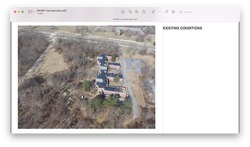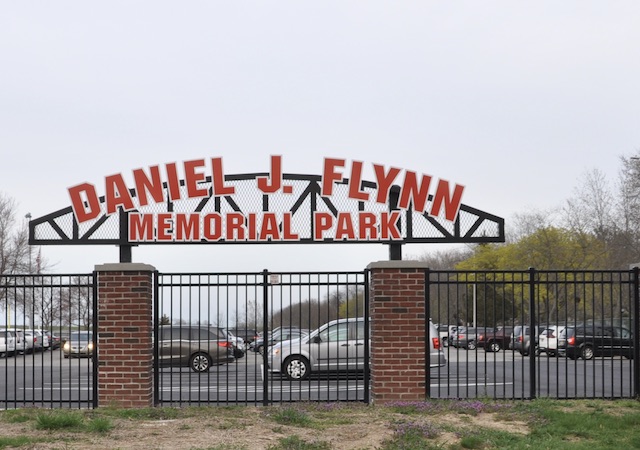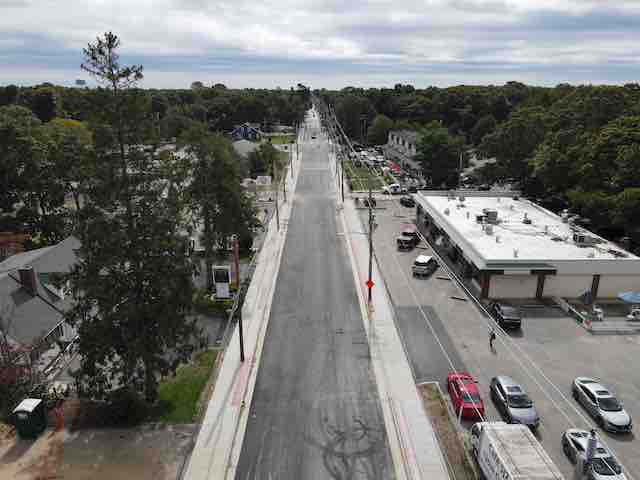 Thursday, June 16, 2022 at 10:47PM
Thursday, June 16, 2022 at 10:47PM TOS Officials Say Kings Park Is The Answer To Downtown Smithtown’s Sewage Problem
By Stacey Altherr
A 17-acre site located inside Nissequogue River State Park may be the answer to downtown Smithtown’s sewage problem. Town officials have proposed the building of drainage basins in Kings Park to address the sewage issues that that are holding up the revitalization of Main Street, Smithtown.
The proposed drainage basins are part of Smithtown’s proposal to address downtown revitalization. The plan will allow for increased development on Main Street by pumping sewage to Suffolk County’s sewage treatment plant in Kings Park where it will be treated. Due to restrictions on the release of treated water into the LI Sound the construction of drainage basins which collect the treated water before it drains into the ground are necessary.
While town officials and some business leaders are in favor of the proposed drainage site to advance the long-awaited sewer project in the town, others, including longtime proponents of the park, say it is the wrong place for it.
“It is literally in the middle of the park,” says John McQuaid, president of the Nissequogue River State Park Foundation, which raises money and is working with the state on the development of the park for public use.
At first, officials said the water would be piped underground and not pool on the surface, which would have been more acceptable, McQuaid said. He even talked to county and town officials about finding a less obtrusive location on the 527-acre park. “This is so much good going on here. It doesn’t make sense.”
Town officials say they looked at six possible sites to transfer excess treated sewer water, but for one reason or another, the other sites didn’t work. The Kings Park site was the most agreeable, according to town officials for several reasons, including proximity to sewer plant and topography. About 90 percent of the town is currently using cesspools and septic systems, which lead to large amount of nitrogen and other contaminants into the ground.
Some of the other sites considered and rejected were the St. Catherine of Sienna site, which was too close to well water and had topography problems, and St. Johnland Nursing Home, which is too close to the New York State Department of Environmental Conservation Corridor, according to officials.
While the rest of the park is owned by New York State Parks Department and was legislated as parkland in 2000/01, a small part of the property known to residents as Building 1, is owned by the Dormitory Authority for the State of NY which oversees construction projects and financing of those projects. The land was once owned by the state’s Office of Mental Health.
Environmental guidelines for sumps used for treated sewer water only allows the town to dump 600,000 gallons a day of effluent into the Long Island Sound. The drainage basin would accommodate the extra treated water.
“It is not a done deal,” said Peter Hans, Smithtown Planning Director. The master plan up on the state website currently does not include the leeching pools.
Approximately 1.5 to two acres will be used for the drainage basins, with the other acreage used for a continuation of a planned bike path and other recreational uses. The sewer money, provided mostly by state and county funds, would pay for the remediation of the site including removal of the abandoned building on site.
Hans said the sump will be camouflaged with landscaping to fit in the other beautification efforts of the park, with a chain-link fence around the sump, and with berms and other landscaping. He added that it would not emit any smell.





